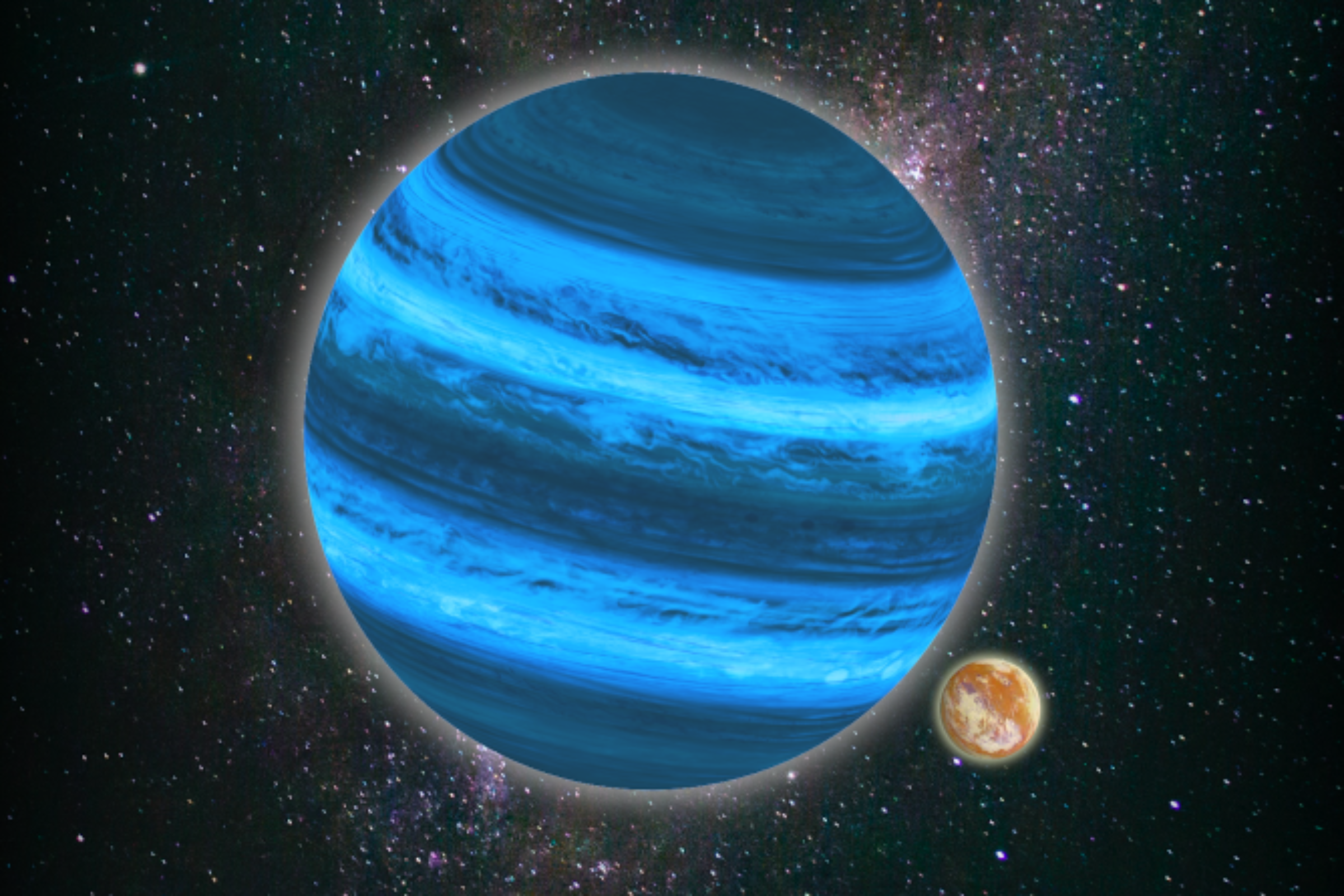Surprising candidates for extraterrestrial life
When astronomers look for places outside Earth where life might exist, they often first check the habitable zone of star systems. After all, the Milky Way alone is home to 100 to 400 billion stars and at least that many planets. Habitable means that water should exist there in liquid form. Water, as far as we know, is the elixir of life. It has made life on Earth possible and is essential for the continuation of all living systems on the planet. This explains why scientists are constantly searching for evidence of water on other solid bodies in the universe. So far, however, the existence of liquid water on planets other than Earth has not been directly demonstrated. However, there is evidence that several moons in the outer reaches of our own solar system – specifically, Saturn’s moon Enceladus and three moons of Jupiter (Ganymede, Callisto, and Europa) – may have subsurface oceans. So what are the prospects for detecting water on the moons of planets beyond our solar system?
Physicists Prof. Barbara Ercolano and Dr. Tommaso Grassi of Munich’s LMU, in collaboration with colleagues at the University of Concepción in Chile, have used mathematical methods to model the atmosphere and gas-phase chemistry of a moon orbiting a free-floating planet (FFP). An FFP is a planet that is not associated with a star. FFPs are of interest primarily because there is evidence that a great many of them exist. Conservative estimates suggest that our own galaxy hosts at least as many Jupiter-sized orphan planets as there are stars. This large number is in addition to the equally large number of planets in star systems.
Ercolano and Grassi used a computer model to simulate the thermal structure of the atmosphere of an Earth-sized exomoon in orbit around an FFP. Their results indicate that the amount of water present on the lunar surface would be about 10,000 times smaller than the total volume of our planet’s oceans, but 100 times larger than the amount of water found in Earth’s atmosphere. This would be sufficient to allow life to develop and thrive.
The model from which this estimate was derived consists of an Earth-sized moon and a Jupiter-sized FFP. Such a system, with no stellar companion nearby, is expected to be dark and cold. Unlike our solar system, there is no central star that can serve as a reliable source of energy to drive chemical reactions. Rather, in the researchers’ model, cosmic rays provide the chemical drive to convert molecular hydrogen and carbon dioxide into water and other products. To keep the system moving, the authors cite the tidal forces that the planet exerts on its moon as a source of heat – and assuming that carbon dioxide makes up 90% of the moon’s atmosphere, the resulting greenhouse effect would effectively retain much of the heat generated on the moon. Together, these energy sources would be sufficient to keep water in a liquid state.
